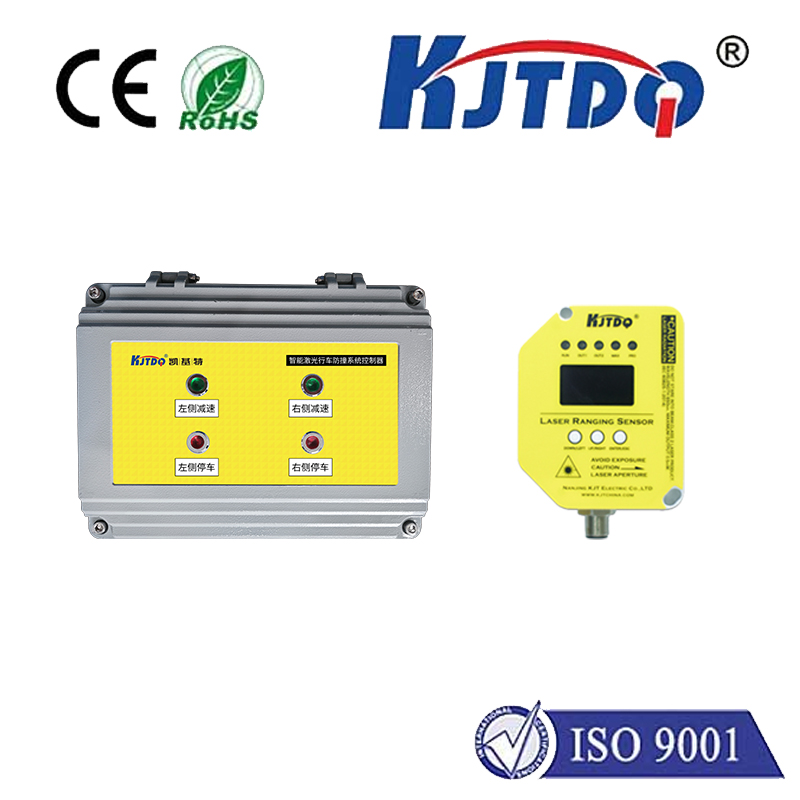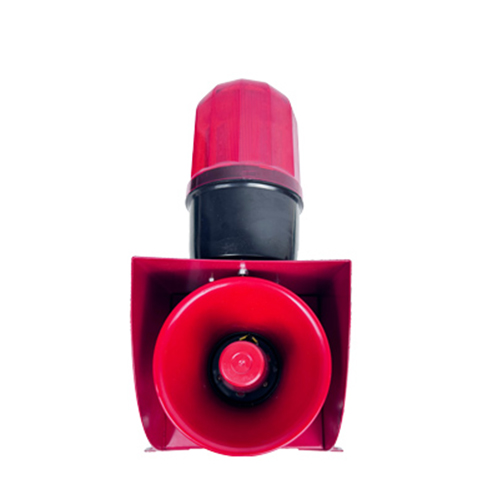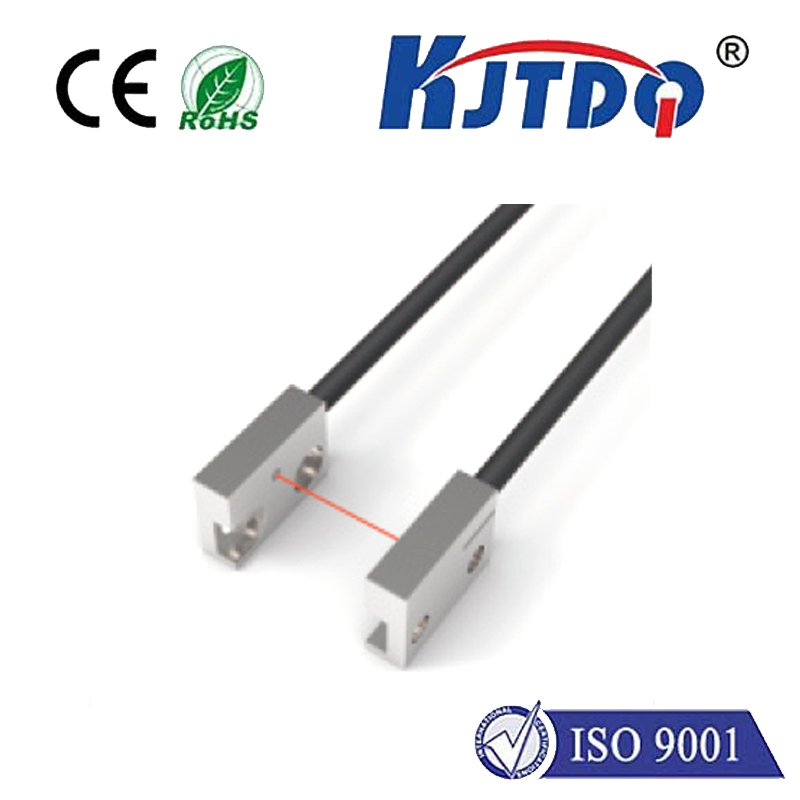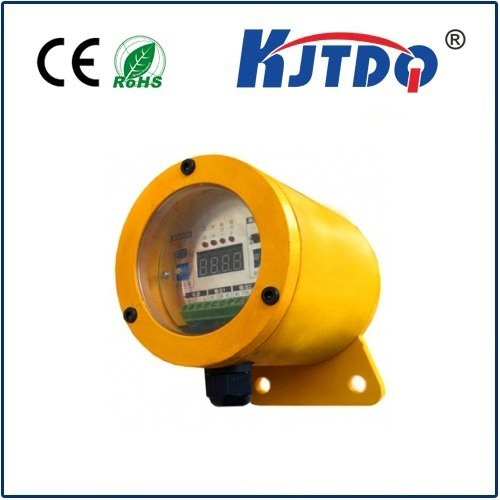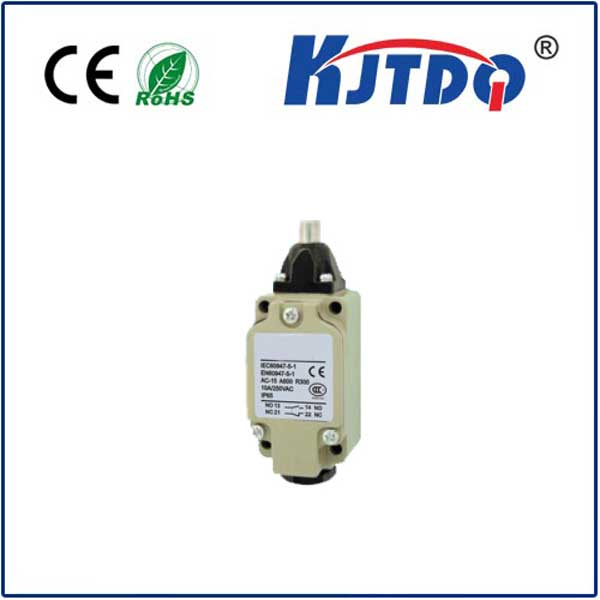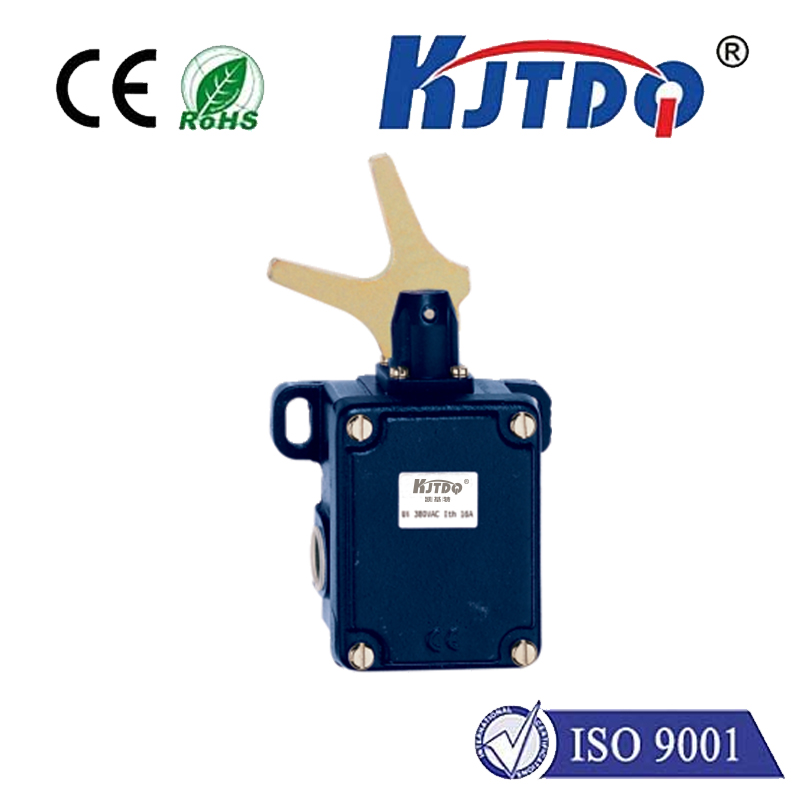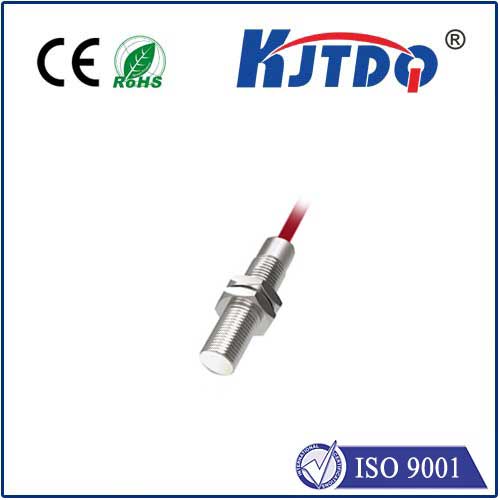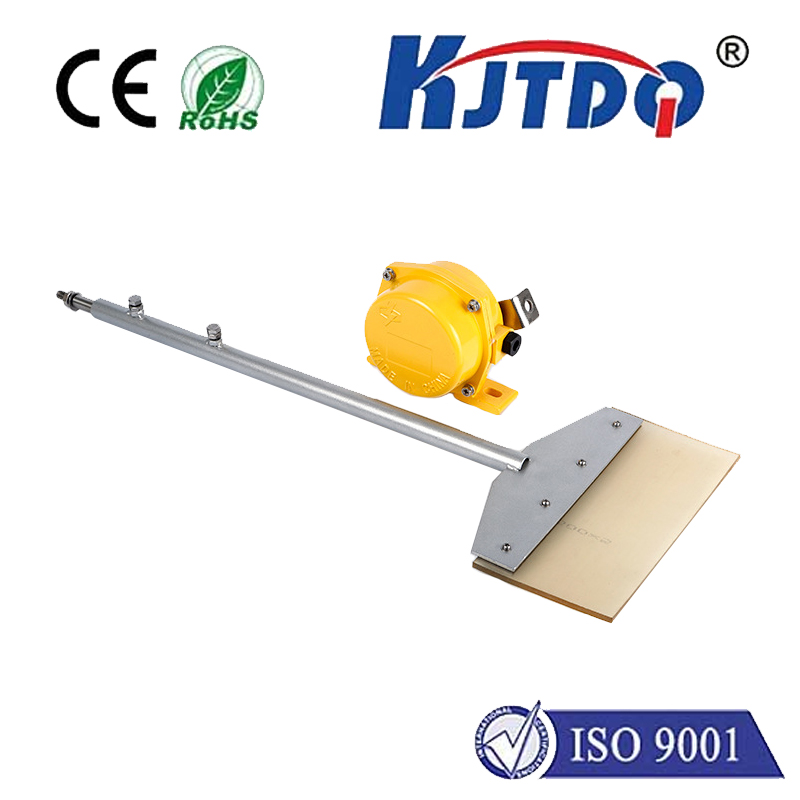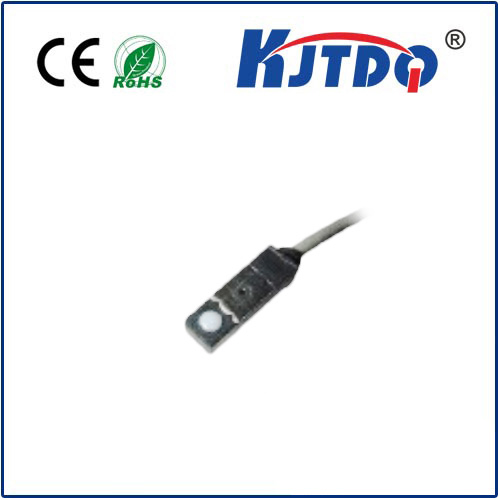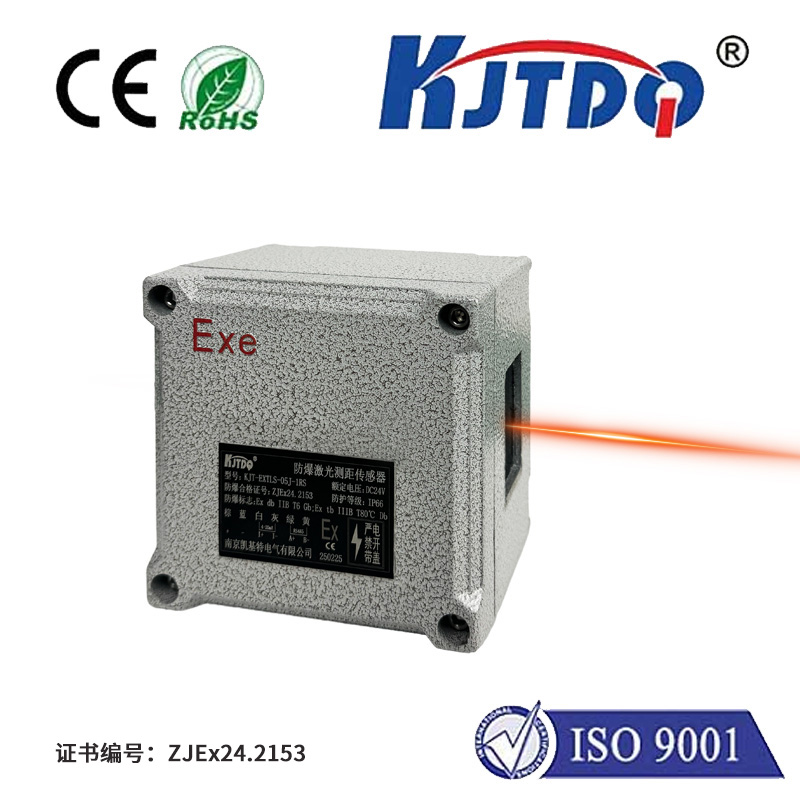proximity sensor 230vac
- time:2025-06-26 02:38:27
- Click:0
Unlocking Industrial Efficiency: The Power of 230V AC Proximity Sensors
Imagine this: a critical machine on your production line halts unexpectedly. Diagnosis points to a failed relay controlling a high-power conveyor motor. The culprit? Arcing contacts weakened by millions of switching cycles, hidden deep within a control cabinet. Downtime costs mount. Now, imagine a simpler, more robust solution: a sensor that detects the metal target and directly controls the 230V AC motor itself, eliminating that fragile relay. This isn’t futuristic tech; it’s the practical reality offered by 230V AC Proximity Sensors.
The phrase “proximity sensor 230vac” specifically points to a critical class of non-contact sensors designed for the demanding world of industrial automation. Unlike their low-voltage siblings (typically 10-30V DC) that signal a PLC or relay, these workhorses are built for direct integration into high-voltage AC control circuits. They detect the presence or absence of metallic objects without physical contact and switch significant 230V AC loads directly. This capability translates to simplified wiring, reduced component count, enhanced reliability, and significant cost savings.
So, what makes a 230V AC proximity sensor indispensable in many industrial settings?

- Direct High-Voltage Switching: This is the defining feature. By eliminating the need for an intermediary relay or contactor to handle the main load (like a motor, solenoid valve, or powerful heater), these sensors drastically simplify control panel design and reduce points of failure. Fewer components mean less wiring, less space required, and lower overall system complexity.
- Robustness and Reliability: Designed for harsh industrial environments, these sensors typically boast robust housings (often metal – nickel-plated brass or stainless steel), high ingress protection ratings (IP67 and IP69K are common), and exceptional resistance to vibration, shock, dust, oils, and coolants. Their solid-state switching (using thyristors or triacs) ensures millions of reliable switching cycles without contact wear or arcing.
- Cost Efficiency: While the upfront cost of a 230V AC sensor might be slightly higher than a standard DC sensor, the total system cost often plummets. Savings come from eliminating relays, contactors, associated mounting hardware, fuse holders, and the labor involved in wiring them all together. Lower component count also inherently reduces maintenance needs and potential downtime costs.
- Simplified Installation and Maintenance: Wiring is straightforward. Typically, a standard 3-wire configuration is used: Brown (L+, Live/Phase), Blue (N, Neutral), and Black (Load output). Connect the load (e.g., motor starter coil, solenoid) between the Black wire and Neutral. No need for separate low-voltage power supplies or complex interposing relay logic. Troubleshooting is also simplified with fewer points to check.
Key Technical Considerations:
- Switching Element: Internally, these sensors use solid-state switching devices like Thyristors (for AC) or Triacs. This provides silent, spark-free operation crucial for explosive environments (models with appropriate certifications exist) and long life.
- Output Type: The vast majority are 3-wire, Normally Open (NO) or Normally Closed (NC) configurations. The output handles the switching of the 230V AC load. Always verify the specification sheet for the exact output configuration (NO/NC).
- Load Capacity: Crucially, check the sensor’s maximum load current rating. This determines the size of the actuator (motor, solenoid, etc.) it can control directly. Ratings commonly range from 100mA up to 1000mA (1A) or more. Exceeding this rating will damage the sensor. Never attempt to operate a load heavier than the sensor’s specified maximum!
- Sensing Distance: Like all inductive proximity sensors, they have a defined nominal sensing range (Sn) based on sensor size and target material (steel standard). Factors like target size, shape, and installation (flush vs. non-flush) also influence actual performance. Ensure the required sensing distance is achievable.
- Voltage Specifications: Confirm the sensor operates correctly on the specific AC voltage and frequency in your region (e.g., 230V AC, 50Hz or 60Hz +/- tolerance). Most are designed for a wide range (e.g., 90-250V AC).
- Protection Features: Look for built-in safeguards like short-circuit protection, overload protection, and reverse polarity protection. These features significantly enhance durability and prevent catastrophic failure during wiring errors or load faults. Overvoltage suppression (e.g., built-in RC snubber circuits or Varistors) is also common and essential for protecting the switching element from voltage spikes inherent in AC inductive loads.
- Certifications: Ensure the sensor carries relevant safety and EMC certifications for your region and application (e.g., CE, UL, cUL, CCC). For hazardous locations, ATEX or IECEx certifications for specific zones are critical.
Where Do 230V AC Proximity Sensors Shine?
Their ability to simplify and robustify high-power switching makes them ideal for countless applications:
- Motor Control: Directly starting/stopping small single-phase motors or controlling motor contactor coils on conveyors, pumps, fans, and packaging machinery. Elimination of a dedicated motor starter relay is a major advantage.
- Solenoid Valve Actuation: Directly controlling hydraulic or pneumatic solenoid valves used in presses, clamping, sorting gates, and fluid control systems.
- High-Power Indicator Lights & Alarms: Switching bright industrial signal lamps or powerful audible alarms directly.
- Heating Elements: Controlling contactors for small heaters or directly switching lower-power heating bands.
- Machine Guarding: Integrating into safety door monitoring circuits (though always follow safety circuit design standards - a basic sensor alone is not a safety device!).
- Material Handling & Conveying: Detecting presence/absence of metal parts, pallets, or totes and directly controlling diverters, stoppers, or lift mechanisms.
- Packaging Machinery: Controlling actuators, sealing jaws, or feed mechanisms directly from sensor detection.
Critical Installation Best Practices:
- Read the Datasheet: Always consult the manufacturer’s specifications for wiring diagrams, load limits, sensing distances, temperature ranges, and environmental limits.
- Respect Load Ratings: Never exceed the maximum load current rating. If control of a larger load is needed, use the sensor to control a suitably sized contactor. This protects the sensor.
- Correct Wiring: Pay meticulous attention to wiring. Connect Brown to Live/Phase (L), Blue to Neutral (N), and the load between Black (Output) and Neutral (N) for a typical NO sensor. Incorrect wiring can destroy the sensor instantly. Use proper cable glands for environmental protection.
- Mounting: Ensure proper mounting (flush or non-flush as specified) and maintain adequate clearance around the sensing face to avoid interference from surrounding metal (“side metal effect”).
- Protect Against Spikes: For inductive loads (motors, solenoids), even within the sensor’s rating, using an external RC snubber circuit or metal oxide varistor (MOV) across the load is highly recommended practice to absorb voltage spikes generated when the load is switched off, further enhancing longevity. Many sensors have this built-in, but verify.
- Environmental Protection: Choose the correct IP rating for the environment (dust, water, washdown). Ensure connectors or cable entries are properly sealed.
Embracing Simplicity and Robustness
The “proximity sensor 230vac” represents a powerful tool for streamlining industrial automation. By combining detection and high-power switching in one robust package, they offer a compelling solution for numerous applications where **reliability, simplicity, and












